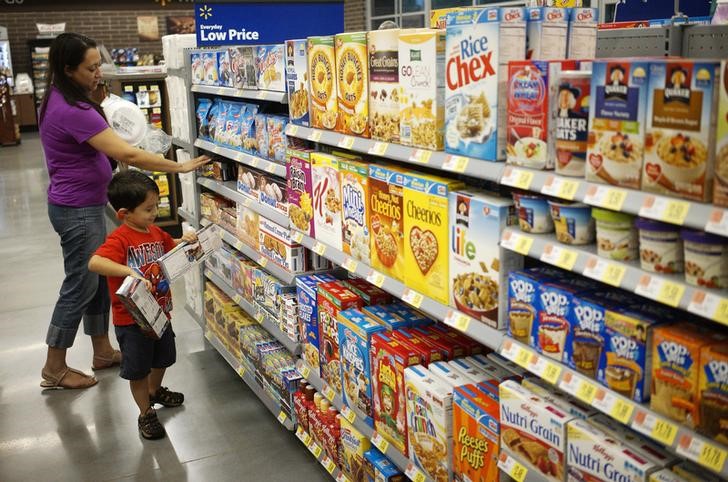Investing.com - Consumer price inflation in the U.S. unexpectedly declined in December, while prices excluding food and energy costs inched up less than forecast, official data showed on Wednesday.
In a report, the U.S. Commerce Department said that consumer prices fell by a seasonally adjusted 0.1% from a month earlier in December, compared to expectations for a flat reading.
Year-over-year, consumer prices were 0.7% higher from the same month a year earlier, below expectations for a 0.8% increase and after rising 0.5% in November.
Consumer prices, excluding food and energy costs, increased by a seasonally adjusted 0.1%, missing forecasts for a gain of 0.2%. Core consumer prices rose 0.2% in November.
Core CPI increased at annualized rate of 2.1% last month, in line with expectations and up from 2.0% the prior month.
Core prices are viewed by the Federal Reserve as a better gauge of longer-term inflationary pressure because they exclude the volatile food and energy categories. The central bank usually tries to aim for 2% core inflation or less.
EUR/USD was trading at 1.0896 from around 1.0901 ahead of the release of the data, GBP/USD was at 1.4170 from 1.4169 earlier, while USD/JPY was at 116.77 from 116.75 earlier.
The US dollar index, which tracks the greenback against a basket of six major rivals, was at 99.17, compared to 99.15 ahead of the report.
Meanwhile, U.S. stock futures pointed to a lower open. The Dow futures sank 269 points, or 1.7%, the S&P 500 futures lost 31 points, or 1.63%, while the Nasdaq 100 futures slumped 78 points, or 1.89%.
Elsewhere, in the commodities market, gold futures traded at $1,101.20 a troy ounce, compared to $1,099.20 ahead of the data, while crude oil traded at $28.84 a barrel from $28.77 earlier.
